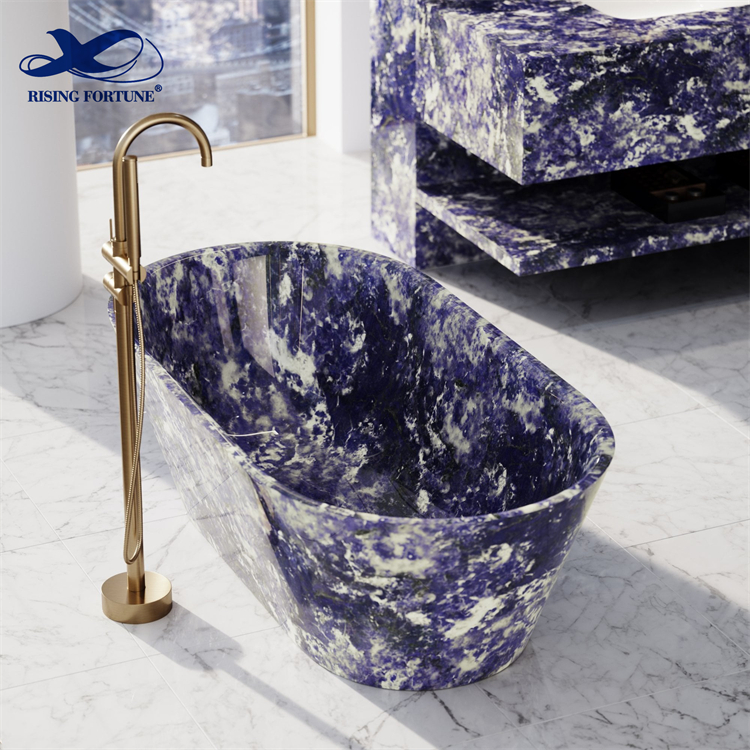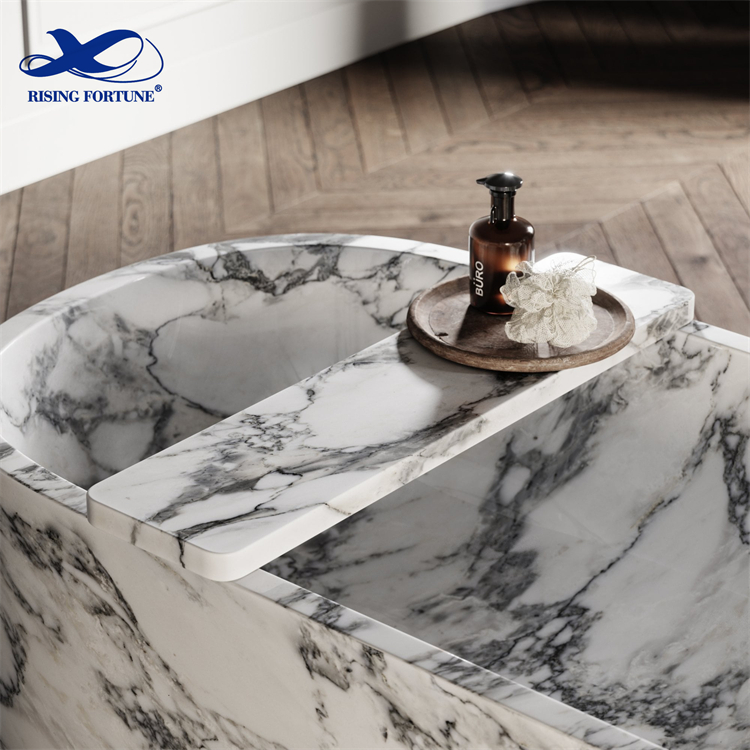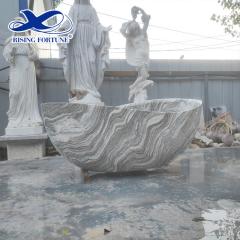Yes, stones used in bathrooms do require special treatments to enhance water resistance and prevent damage over time. Bathroom stones are constantly exposed to moisture, soap, and cleaning chemicals, which can lead to staining, etching, and deterioration if not properly sealed and maintained. Below are the key steps to treat and protect bathroom stones effectively:

1. Choose the Right Stone for Bathroom Use
Best Stones for Wet Areas:
-Granite – Naturally water-resistant and durable.
-Quartzite – Hard and less porous than marble.
-Porcelain/Engineered Stone – Non-porous and highly resistant to moisture.
-Sintered Stone – Naturally water-resistant but should still be sealed.

Avoid or Take Extra Care With:
-Marble & Travertine – More porous and prone to etching from acidic cleaners.
-Limestone – Absorbs water easily and can stain.
2. Apply a High-Quality Sealer
Why Seal?
-Prevents water absorption, mold, and mineral deposits.
-Protects against stains from soap, shampoo, and cosmetics.
Types of Sealers:
-Penetrating Sealers (Best for natural stone) – Soak into the stone to repel water.
-Topical Sealers (For extra protection) – Create a protective film on the surface.
How Often to Seal?
-Granite/Quartzite: Every 1–2 years.
-Marble/Limestone: Every 6–12 months.
-Test for Re-Sealing: Sprinkle water on the surface—if it darkens, it’s time to reseal.
3. Proper Cleaning & Maintenance
Daily/Weekly Cleaning:
-Use a pH-neutral stone cleaner (avoid vinegar, bleach, or ammonia).
-Wipe spills immediately to prevent staining.
Deep Cleaning:
-For soap scum/hard water stains, use a stone-safe cleaner or a mild dish soap solution.
-Avoid abrasive scrubbers that can scratch the surface.
4. Prevent Water Pooling & Humidity Damage
Use Bath Mats & Proper Drainage:
-Place absorbent mats near showers/tubs to reduce standing water.
-Ensure proper slope in shower floors for drainage.
Ventilation:
-Run exhaust fans during/after showers to reduce humidity.
-Open windows when possible to allow airflow.
5. Repair & Restore Damaged Stone
Etching (Dull Spots):
-For marble/limestone, use a polishing powder or hire a professional.
Stains:
-For oil-based stains, use a poultice (clay-based cleaner).
-For hard water stains, try a stone-safe descaler.
Conclusion
To ensure bathroom stones last long and resist water damage:
✔ Choose low-porosity stones like granite or quartzite.
✔ Seal regularly with a penetrating sealer.
✔ Clean properly with stone-safe products.
✔ Control humidity & standing water.
✔ Repair damage early to prevent worsening.
By following these steps, your bathroom stone will stay beautiful and functional for years.
Plsease contact with me if you are interested in our natural marble stone for bathroom, email: may@risingfortunetrading.com, WhatsApp/ WeChat: 0086 18150018770
















